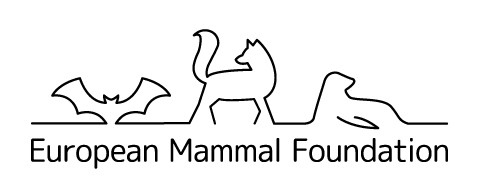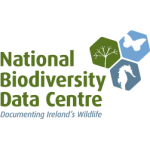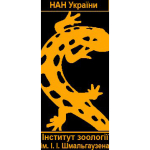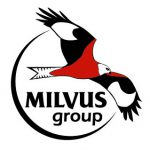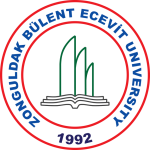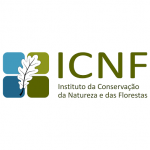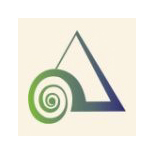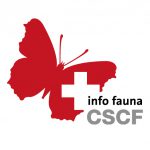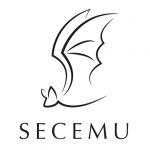The first Atlas of European Mammals was published in 1999, some 15 years ago, and is now out of print. The Atlas has been widely-used, with more than 450 citations on the Web of Science and the data have also been included in various European distributional data collections. Although the atlas data remain available through these channels, or via the website www.european-mammals.org, it must be recognised that the dataset, which was finalised in 1998, is ageing and we can be less confident as time goes on that it accurately reflects the current distribution of mammals in Europe.
Distributional atlases remain a fundamental tool for research and conservation. Whilst most conservation delivery is at a national level, it is important that a broader picture of the distribution of species is available to help set context and priorities. Conservation requirements for species protected by the EU Habitats Directive provide a good example of this approach.
With this in mind, in 2015 some members of the original Editorial Group proposed the idea of a second edition of the atlas, updating information for the area already covered and extending the area to the whole of geographic Europe. Early discussions with mammalogists across Europe indicated that there was a high level of interest in this proposal and so an open meeting was held in Rome at the end of November 2016. Discussions at the meeting set the direction for the new project and work began on defining the scope of the project and recruiting volunteers across Europe to help with its delivery.
By early 2017, a Steering Group had been set up consisting of:
Andrey Lissovsky (RUS)
Boris Kryštufek (SVN)
Ferdia Marnell (IRL)
Friederike Spitzenberger (AUT)
Giovanni Amori (ITA)
Jan Zima (CZE)
Johan Thissen (NLD)
Laurent Schley (LUX)
Tony Mitchell-Jones (GBR)
Vladimír Vohralík (CZE)
Svetlana Miteva (NL)
For the realisation of EMMA2 a new organisation was established: the European Mammal Foundation (the successor of the Societas Europaea Mammalogy that published the first Atlas). For each country, a national coordinator is appointed and for the book, topic coordinators are appointed. Together with the Steering group of the European Mammal Foundation, they form the Delivery Group for the atlas. In April 2018, the Delivery group met to share information about the progress of the project, as well as discuss the publication of the data in the Global Biodiversity Information Facility (GBIF). Currently, the national coordinators are setting up the national databases by collating as much of the existing data available in museums, scientific literature, notebooks, project databases etc. In some countries, additional fieldwork is being done to gather new data and citizens are encouraged to pass on observations of mammals (see also ‘Data portals‘).
DURATION
2017-2025
SUPPORT
![]() You can support this project by submitting your observations of mammals to one of the data portals. Please contact the national co-ordinators of EMMA2 for more information about the data they need to accept your observation. You find a list of national co-ordinators here.
You can support this project by submitting your observations of mammals to one of the data portals. Please contact the national co-ordinators of EMMA2 for more information about the data they need to accept your observation. You find a list of national co-ordinators here.
You can also support this project with a financial donation. Click on the ‘Donate’-button to go to the donation page of the European Mammal Foundation.
DOCUMENTS
Documents relating to the structure and development of this project can be found here: EMMA2 public documents.









